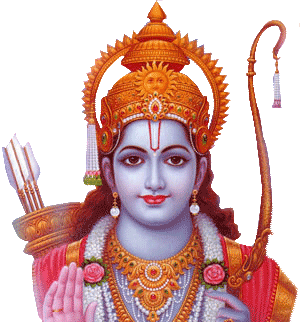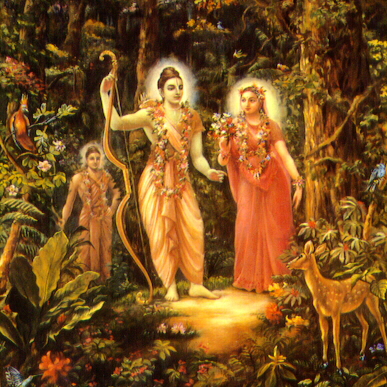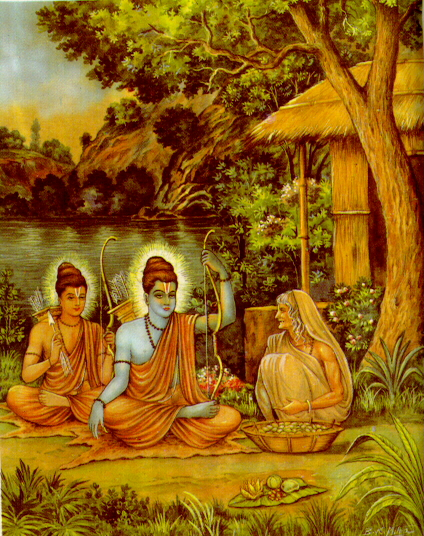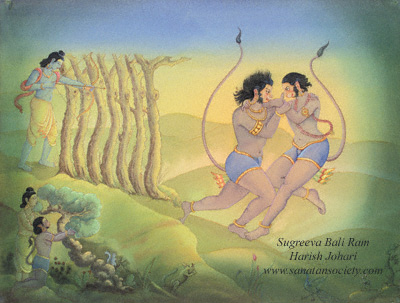HAPPY NEW YEAR
"Cheti Chand jyon
Lakh Lakh Wadayun Athav"
JAI JHULELAL  MayPeace Hope and Love be with everyoneToday Tomorrow and Always May you have success in all you do. And may every blessings be showered upon you. As the dawn breaks on a New Year, let us give thanks for all we hold dear: Our health, our family, our friends, the grace of universe which never ends. Let us release our grudges, anger and pains, for these are nothing but binding chains. Let us vow to live each day in the most pious, self conscious way. Let us vow to serve all who are in need, regardless of race, caste, gender or creed. Let us vow to keep love in our heart, . Let us vow to lead the world from darkness to light, from falsehood to truth, and from wrong to right. And let us vow to remember that we are all one, embracing all, discriminating against none. May your year be filled with prosperity and peace, and love and joy which doesn't cease. May you have success in all you do. And may every blessings be showered upon you. 
HAPPY AND PROSPEROUS NEW YEAR
According to the Hindu calendar, Cheti Chand is celebrated on the first day of the Chaitra month known as Chet in Sindhi. Hence it is known asCHET-I-CHAND
The Sindhi community celebrates the festival of Cheti Chand in honour of the birth of Ishtadeva Uderolal, popularly known as Jhulelal, the Patron Saint of the Sindhis. This day is considered to be very auspicious and is celebrated with pompous and gaiety. On this day, people worship water – the elixir of life.
Followers of Jhulelal observe Chaliho Sahab. It suggests that for forty long days and nights they underwent rituals and vigil on the bank of Sindhu. They did not shave, nor did they wear new clothes or shoes. They did not use soap or oil or any opulent thing. They just washed their clothes, dried them and wore them again. In the evening, they worshipped God Varun, sang songs in his praise and prayed for their solace and salvation. After 40 days of Chaaliho, the followers of Jhulelal celebrate the occasion with festivity as 'Thanks Giving Day' even till today.

"Twah khe bhi Cheti Chand jyon
Lakh Lakh Wadayun Athav"
|
OM SAIRAM Always be happy always wear a smile..not because life is full of reasons to smile but ur smile itself is the reason for many others to smile YOU MAY VISIT&FWD TO YOUR FRIENDS &GIVE ME FEED BACK, ramajayamgomati.blogspot.com Please do visit my blog and see what I have posted. Comments are requested THANKS REGARDS OM-SAIRAM
Pages
Popular Posts
-
Pongal Puja – How to do Thai Pongal Pooja? Talk about Pongal festival and the first thing that comes to mind is the boiling over of...
-
HAPPY NEW YEAR "Cheti Chand jyon Lakh Lakh Wadayun Athav" J A I J H U L E LA L May Peace Hope ...
-
Michhami Dukkadam! On this auspicious occasion of Paryushan we wish you all Michhami Dukkadam! We beg your forgiveness from in...
-
Today is Ashadi Ekadasi or Shyani Ekadashi. Shirdi Majhe Pandarpura Sai Baba Ramavara. (Shirdi is my Pan...
-
Dear parivar members / friends / well-wishers, Greetings & Namaskar. तुम्हा सर्वाना शुभ मकर संक्रांति Til gud ghya, god god...
-
Paryushan Parva is the king of all festivals and hence is known as Parvadhiraj. Parvadhiraj Paryushana, this festival has the...
-
!Good Morning ~Have A Nice Day ! ONE . N ever Loose ur Confidance , Work Hard to Achieve ur Goal, Learn from Failure Then u can ge...
-
Nine Colours of Navratras&Wish you allSHUBHA NAVRATRI W hats navratra? N- nav chetna A- akhand jyoti V- vighn nas...
-
HEARTY TAMIL NEW YEAR GREETINGS் ( இனிய தமிழ் புத்தாண்டு நல்வாழ்த்துக்கள் ) ...
Friday, March 23, 2012
WISH YOU ALL HAPPY CHETI CHAND JAI JHULELAL HAPPY NEW YEAR
G'Morning!!
YOU MAY VISIT & FWD TO YOUR FRIENDS PLEASE GO THROUGH THE POSTS
ramajayam.rediffiland.com
ramajayamgomati.blogspot.com

SMILE WITH
RAMNATH
ramajayam.rediffiland.com
ramajayamgomati.blogspot.com

SMILE WITH
RAMNATH
Thursday, March 22, 2012
Sri Ram Navami= 2012: 1 April.
|
Subscribe to:
Comments (Atom)













